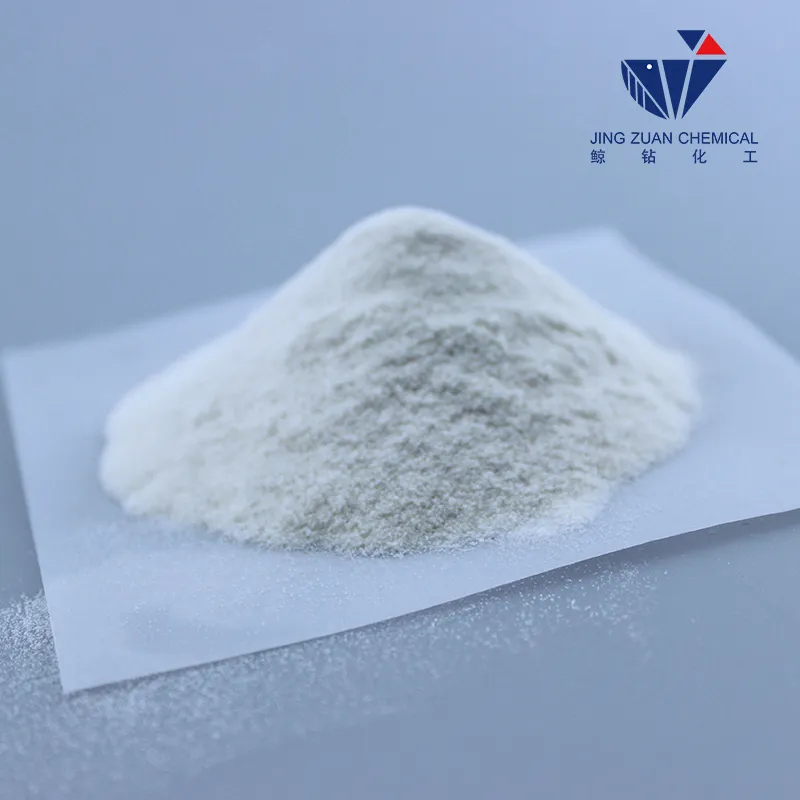
Sep . 28, 2024 22:24 Back to list
Preparation Process for HPMC Solutions in Laboratory Settings
Understanding HPMC Solution Preparation A Comprehensive Guide
Hydroxypropyl Methylcellulose (HPMC) is a versatile polymer widely used in various industries, including pharmaceuticals, food production, and construction. Its unique properties, such as water solubility, film-forming abilities, and bio-compatibility, make it a preferred choice in many formulations. This article aims to provide a detailed overview of HPMC solution preparation, highlighting the necessary steps, considerations, and applications.
What is HPMC?
HPMC is a modified cellulose derivative that is soluble in cold water and forms a viscous gel upon hydration. It is produced by the etherification of cellulose, which enhances its performance in applications ranging from controlled-release drug formulations to food thickening agents. Its ability to modify the viscosity of solutions and maintain stability under varying conditions makes HPMC essential for achieving desired product characteristics.
Importance of HPMC Solution Preparation
Preparing a HPMC solution is a critical process that affects the final properties of the product. Whether used in pharmaceutical applications or as a food additive, the viscosity and consistency of the HPMC solution are crucial for functionality. Therefore, understanding the proper methods to prepare HPMC solutions can greatly influence the quality and performance of the end product.
Steps for HPMC Solution Preparation
1. Choosing the Right Grade of HPMC The first step in preparing HPMC solutions is selecting the appropriate grade based on the intended use. HPMC comes in various viscosity grades and substitution patterns, which impact solubility and performance. For example, certain grades are better suited for thickening, while others are optimized for binding.
2. Gathering Materials Ensure you have all necessary materials at hand, including HPMC powder, distilled water (or another solvent), a mixing container, and a stirring device (e.g., a magnetic stirrer or high-shear mixer).
hpmc solution preparation

3. Calculating Concentration Determine the desired concentration of the HPMC solution. A common range for HPMC solutions is between 1% to 5% w/v, depending on the application. Accurate calculations will ensure consistency and reliability in performance.
4. Hydration Begin the solution preparation by slowly adding HPMC powder to the solvent. It is crucial to sprinkle the powder evenly over the surface of the liquid to prevent clumping. The HPMC should be added gradually while continuously stirring. This process allows for even hydration and prevents lumps from forming.
5. Mixing Continue stirring the mixture for 15 to 30 minutes or until a uniform solution is achieved. The viscosity will increase as the HPMC hydrates, so adjustable stirring speeds may be necessary. If using heat to facilitate dissolution, ensure the temperature does not exceed HPMC’s thermal limit, which might cause degradation.
6. Cooling and Storage Once a homogeneous solution is formed, allow it to cool if it was heated during preparation. Store the HPMC solution in a clean, airtight container to minimize contamination and evaporation. Proper storage conditions (cool, dry place) are essential to maintain the integrity and efficacy of the solution.
Considerations and Applications
When preparing an HPMC solution, various factors can influence the final product quality. pH, ionic strength, and temperature should be controlled based on the application context. For instance, in pharmaceutical formulations, the solution pH may need to be adjusted for optimal drug release characteristics.
HPMC solutions find applications across multiple sectors. In pharmaceuticals, they are used as binders and controlled-release agents in tablet formulations. In the food industry, HPMC serves as a thickener, emulsifier, and stabilizer, contributing to texture and mouthfeel. Additionally, in construction, HPMC is utilized in mortars and tile adhesives to enhance workability and water retention.
Conclusion
The preparation of HPMC solutions is a pivotal process that determines the performance of a wide range of products. By following the outlined steps and considerations, manufacturers can ensure the quality and effectiveness of HPMC-based formulations. As ongoing research continues to explore new applications and improve HPMC chemistry, understanding solution preparation will remain essential for professionals across various industries.
-
Versatile Hpmc Uses in Different Industries
NewsJun.19,2025
-
Redispersible Powder's Role in Enhancing Durability of Construction Products
NewsJun.19,2025
-
Hydroxyethyl Cellulose Applications Driving Green Industrial Processes
NewsJun.19,2025
-
Exploring Different Redispersible Polymer Powder
NewsJun.19,2025
-
Choosing the Right Mortar Bonding Agent
NewsJun.19,2025
-
Applications and Significance of China Hpmc in Modern Industries
NewsJun.19,2025







